Madrone hardiness
jim_ogden_utah
9 years ago
Related Stories
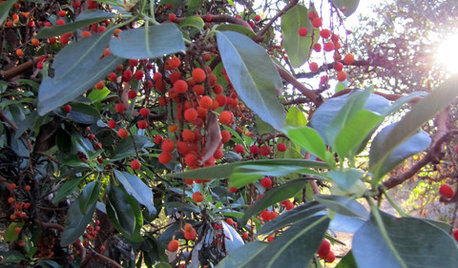
GARDENING GUIDESGreat Design Plant: Arbutus Menziesii
This drought-tolerant West Coast native tree thrives with minimal water in difficult garden spots
Full Story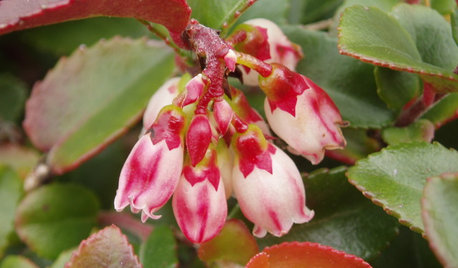
GARDENING GUIDESGreat Design Plant: Evergreen Huckleberry Appeals All Year
Spring flowers and summer berries are only half the story with Vaccinium ovatum, a versatile Pacific Northwest native plant
Full Story
GARDENING GUIDES5 Best-Behaved Trees to Grace a Patio
Big enough for shade but small enough for easy care, these amiable trees mind their manners in a modest outdoor space
Full Story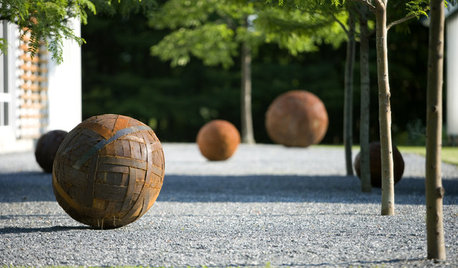
LANDSCAPE DESIGNWhat Kind of Gardener Are You? Find Your Archetype
Pick from our descriptions to create a garden that matches your personality and tells your story
Full Story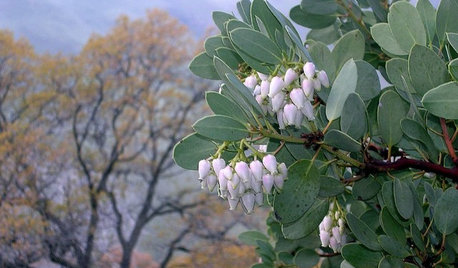
GARDENING FOR BUTTERFLIESGreat Design Plant: Arctostaphylos Glauca Nourishes and Delights
Make big berry manzanita a center-stage specimen and watch the evergreen feed wildlife through the seasons
Full Story
GARDENING GUIDESGreat Design Plant: Purple Needle Grass, California’s State Grass
The long-lived, drought-tolerant Stipa pulchra is as admired for its benefits as for its good looks
Full Story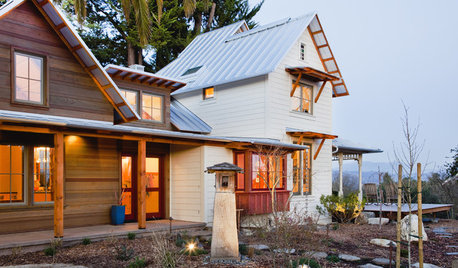
FARMHOUSESHouzz Tour: A Farmhouse Branches Out
New windows and a dining room addition help a Northern California home thrive right along with its bounteous garden
Full Story







georgeinbandonoregon
davidrt28 (zone 7)